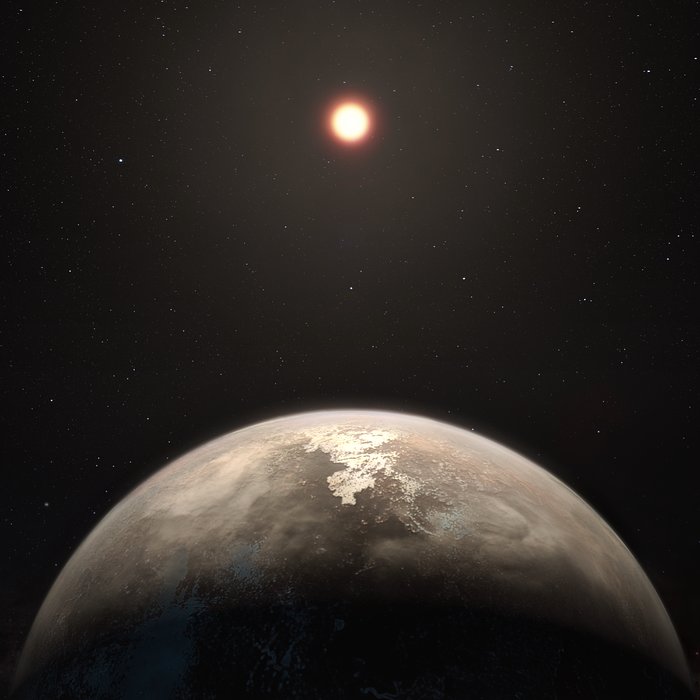With an Earth Similarity Index (ESI) of 0.88, Kepler 438b is the exoplanet most similar to Earth.
The formula behind the ESI provides a number between zero and one – the higher the value, the more a celestial body resembles our world. From an index of 0.8, the researchers speak of an Earth-like planet. But this does not mean that life actually exists there.
The ESI is calculated from the radius, the density, the cosmic velocity and the temperature at the surface. Within our solar system, Mars is the object with the second largest ESI, 0.697, right after Earth.
Kepler-438b is an exoplanet of nearly the size of the earth with 1.12 earth radii. The planet orbits the red dwarf star Kepler-438, which is much smaller and cooler than the Sun, in 35.2 days.
However, ESI is not a safe method for determining a planet’s similarity to Earth. Recently, Kepler 438b’s host star was found to periodically emit strong radiation flares that may make the planet uninhabitable after all.
Only a detailed study of the composition of the planet and its atmosphere can provide reliable information on how life-friendly or life-hostile the conditions actually are. But with the help of the ESI, a good pre-selection of possible candidates for more precise observations can be made. Hopefully, with further technical development, we will soon be able to collect more insightful data.

